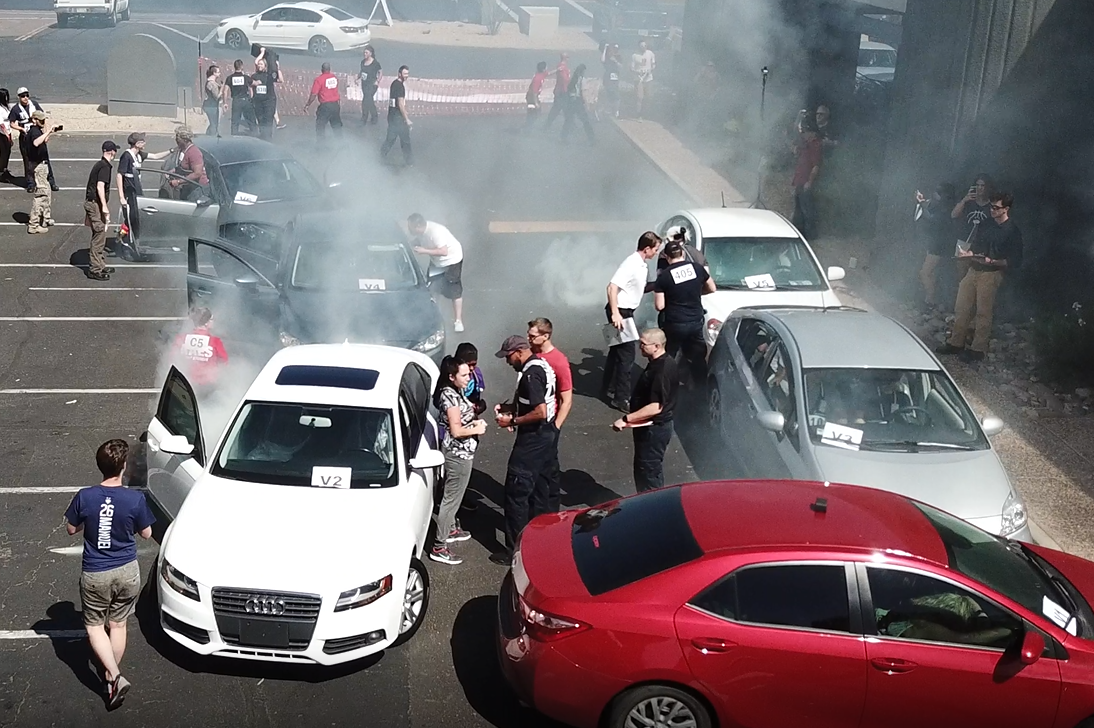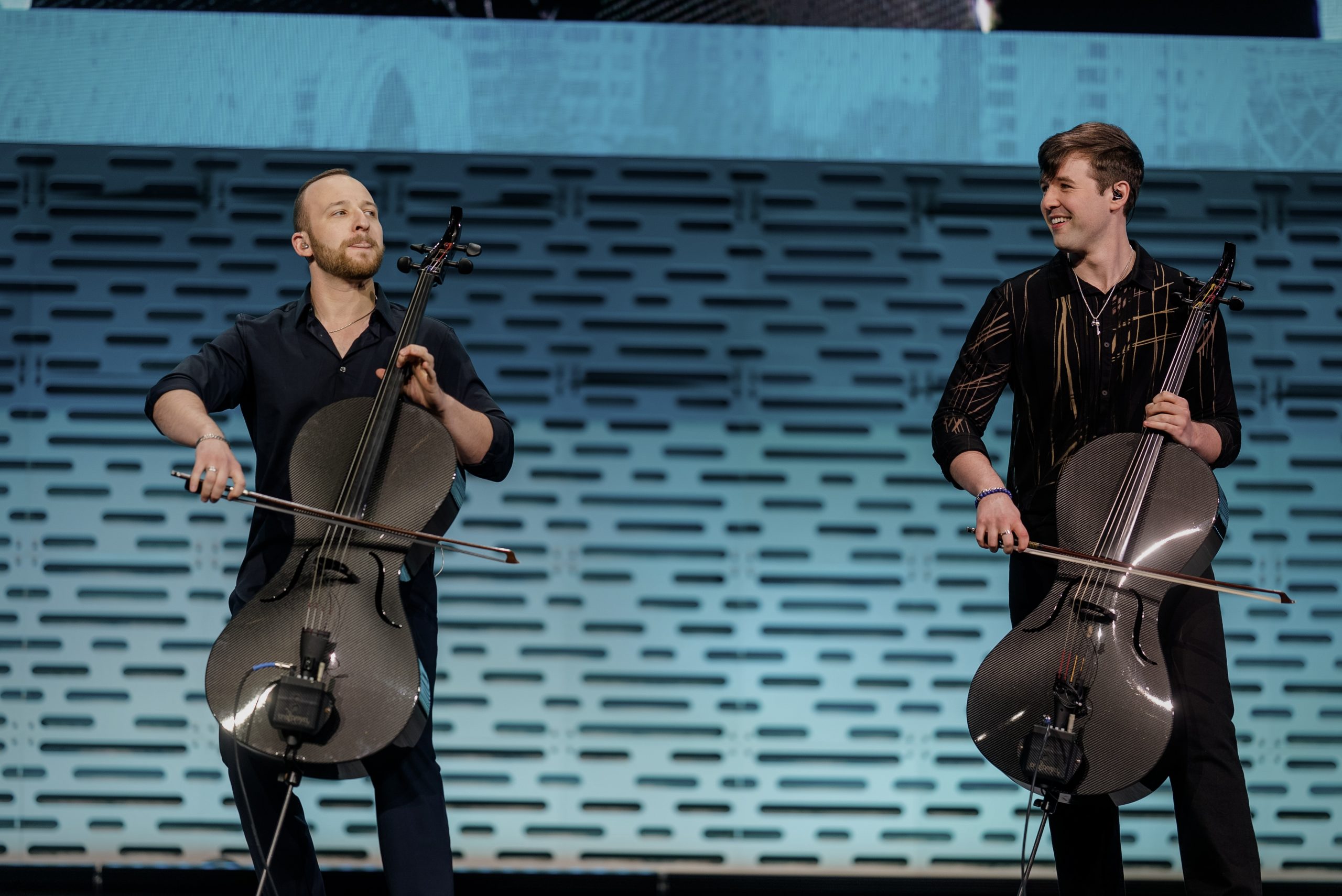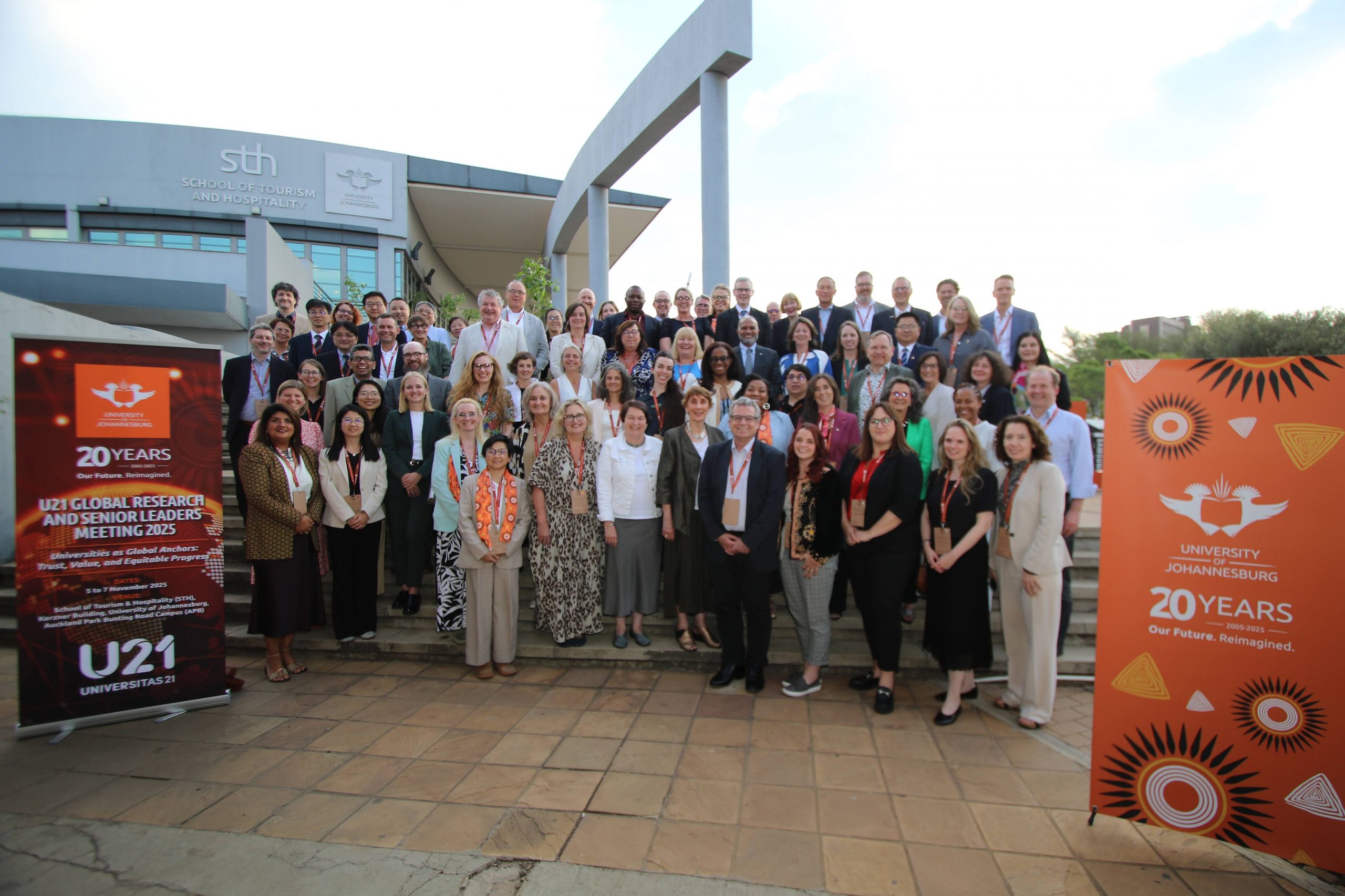A chaotic, mass-casualty, emergency response drill proved the ideal setting for Ph.D. candidate in Management Semin Park to test a theory about how dynamic conflict relations emerge and evolve over time.
Partnering with an academy that trains future paramedics, Park was able to get to know the trainees, ask about their workplace friendships, witness a multi-vehicle incident and active-shooter drill, and videotape the trainees’ interactions. Her findings are part of her forthcoming doctoral dissertation.
Even in an emergency, a life-or-death situation, pre-existing relationships matter. People who don’t like each other tend to not go near each other, regardless of the role they’re in. — Semin Park
“Using what I knew about who favored whom, I was able to compose different teams and assign roles to different paramedics in the training exercise,” Park says. “Sometimes you have to work closely with people who you have a strained relationship with, and sometimes you don’t.”
Park had the paramedic trainees wear monitoring equipment so she could track where they were and who they were with during the mock drill. The equipment was funded by the U.S. Army Research Institute, which is also invested in team dynamics.
“We watched as a paramedic trainee spotted a colleague whom he disliked, and quickly scanned the crowd for someone else to help him care for the injured patient,” she says. “It showed us that even in an emergency, a life-or-death situation, pre-existing relationships matter. People who don’t like each other tend to not go near each other, regardless of the role they’re in. It’s absolutely fascinating.”
A New Look at Team Conflict
Park is the lead researcher in a forthcoming paper in the Academy of Management Review titled “A Network Conceptualization of Team Conflict.” It is co-authored with UConn management professors John E. Mathieu and Travis J. Grosser.
“Early in my Ph.D. program, I became interested in the conflict that occurs in the workplace all the time, which seems to be something employees struggle with even more than the tasks that they need to complete,” says Park, who began her research in 2015. “Conflict relations can spread across teams and create subgroups in the workplace, new networks and ties, and patterns of work. And yet we found that traditional conflict research was limited when it came to deciphering those dynamics.”
Conflict in the workplace can be divided into two forms, the UConn researchers write. Relationship conflict (RC), which describes interpersonal incompatibilities, has been found to provoke employees’ negative emotions, which in turn limit their task-related processing abilities. It may result in one employee withdrawing from, avoiding, or engaging in tasks with the other. The impact is least detrimental when they are unrelated with designed task-flow ties, and most problematic when disgruntled employees share responsibilities for the same work assignment. Employees are generally unwilling to cooperate with those with whom they have emotional conflicts, but are unlikely to seek advice, the researchers write.
A second form of conflict is based not on personal traits but on task conflict (TC). This form of conflict can actually be beneficial for an organization, because it prevents “groupthink” and premature consensus. It can also lead to higher quality group discussions among members, the researchers say.
They investigated how interpersonal and task-based conflicts can impact work team effectiveness. In the past, they say, workplace conflict has been painted with a broad brush. They argue that team conflict is particularly complex, because each team member may experience, or perceive, varying degrees of conflict with another team member, and may have different work responsibilities with the person or people with whom they conflict. The relationship, therefore, between task flow and conflict management is complicated, but it is an extremely significant determinant of team effectiveness, they say.
In light of this, the researchers created a more fine-tuned theoretical concept of conflict dynamics as part of a multiplex (involving two or more relationships) network configuration, recognizing the unique ties and tasks that impact how well a team works.
Workarounds Change the Workplace
“By taking the network perspective, you can see how conflict between and among people can change how workplace networks evolve over time,” Grosser says. “If I don’t like Person A, I try to work almost exclusively with Person B instead. Previous research approaches didn’t get to that level of nuance. Looking at the conflict patterns within teams can give us unique insight. For example, two teams may have similar overall levels of conflict, but what happens on those teams may be very different if the pattern of conflict relationships differ. Maybe everyone is having trouble getting along with one person on one team, and maybe there are warring subgroups on the other.”
One of their key discoveries is that people tend to bypass dysfunctional relationships, pursuing instead “workarounds” that result in changes from the optimal task-flow patterns. The implications of this are even greater today, as the modern workplace becomes more team-centric, said Grosser, whose research is focused on relationship networks within organizations.
As a way to circumvent dysfunctional relationships, workarounds may be viable and beneficial to team effectiveness. But conversely, they can pose issues for any person who is caught between the conflicted parties, and that can cause additional stress for the team, the researchers write.
Mathieu, who works with teams under adverse circumstances, preparing them for space travel and other challenging situations, says the implications of the study are most crucial for emergency services, whether in medical situations or air-traffic controllers.
“You certainly don’t want a ‘workaround’ that leaves a hospital patient unattended,” Mathieu says. “We want to identify where conflict came from, how it evolved, and, most importantly, what can be done to intervene.”



